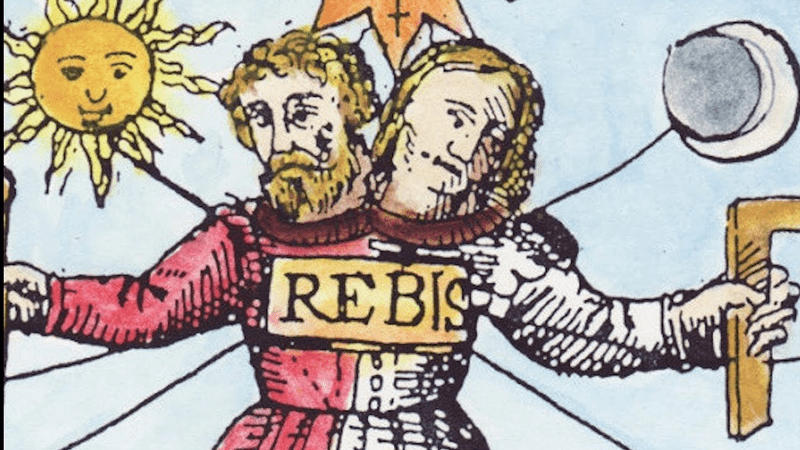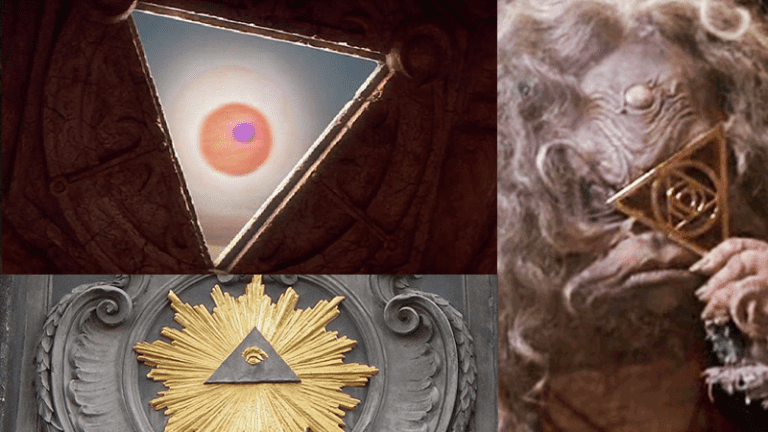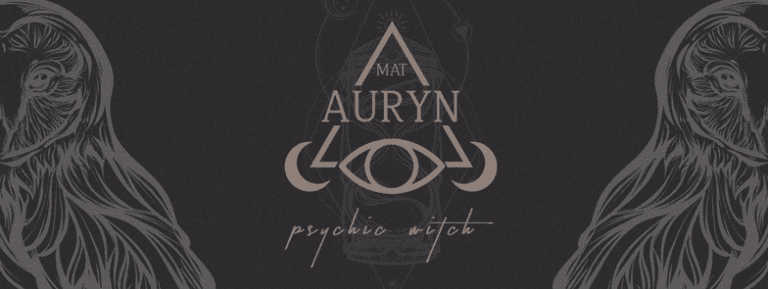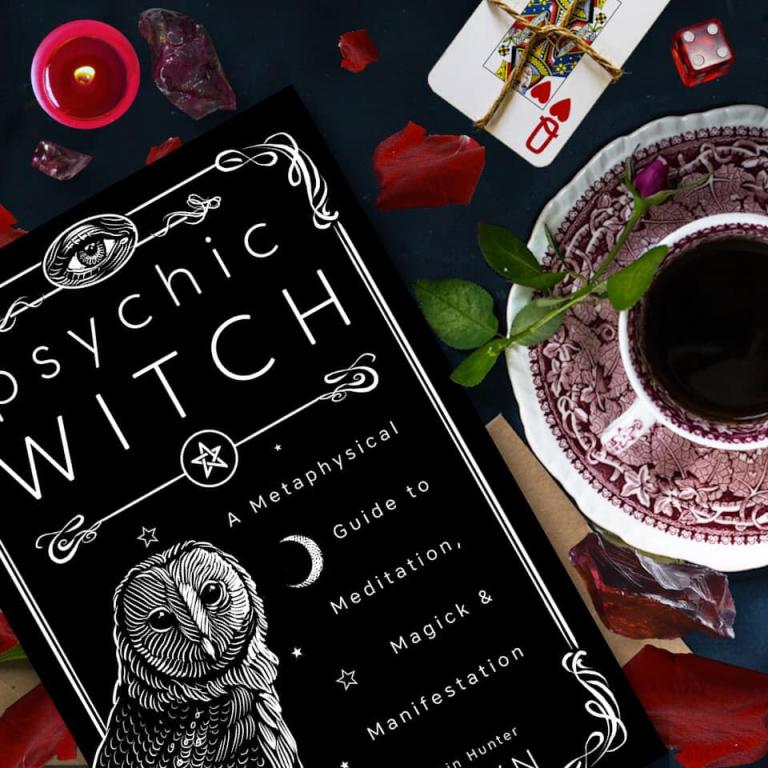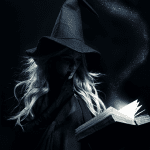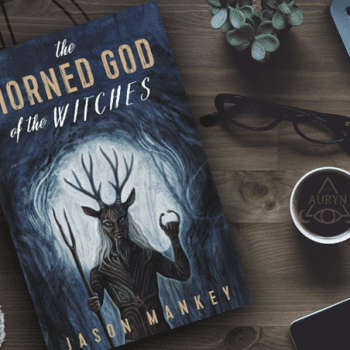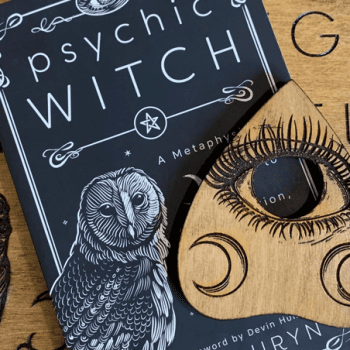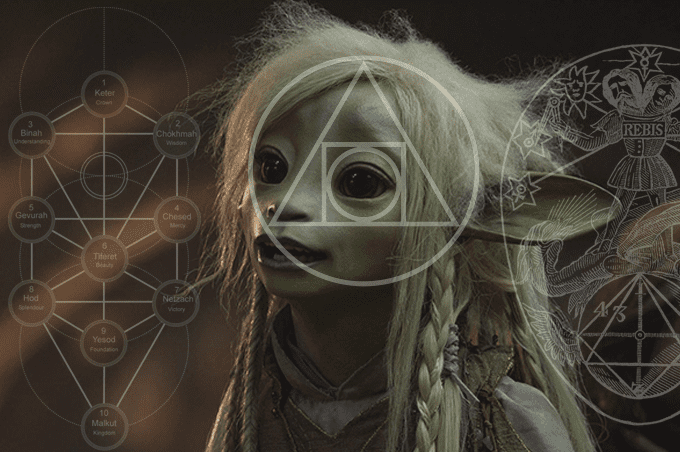
One of the areas of fandom that I geek out on is the Dark Crystal by Jim Henson. As a child it both terrified and invoked awe within me. When I heard a few years back that they were doing a sequel to the Dark Crystal, I was beyond excited. Unfortunately that project was shelved but the story was given to us as a comic series by Archaia entitled The Power of the Dark Crystal. That series along with The Dark Crystal Creation Myths series brought a much stronger storyline to the original movie. While I love the Dark Crystal, the storyline wasn’t the main focus when Jim Henson was creating it. He was focused more on themes and world-building and the story itself was one of the later things created. When I heard that there was going to be a Dark Crystal prequel on Netflix that occurs between The Dark Crystal Creation Myths and the movie from the 80’s I was once again very excited.
Some people are worried or skeptical that it’s not going to be as good as the original movie. I’m not in the least bit. Aside from the pledge to not use any CGI and keep the feel the same as the original movie or the amazing cast which includes Mark Hamill, Eddie Izzard, Helena Bonham-Carter, Toby Froud (the baby from Labyrinth) and many other big names – but the movie has both Brian and Wendy Froud working on the project (like the original) and J.M. Lee is also helping to write the script. J.M. Lee’s prequels to the Dark Crystal Movie, which seem to be in the same era as the Netflix shows are perhaps my favorite Dark Crystal works to date. He drastically improves the most boring element of the Dark Crystal, in my opinion, the Gelflings and greatly enriches the world of Thra through his storytelling.
Even as a child I could tell that there were profound meanings in the movie. Jim Henson has a history of putting very important and adult themes into his works such as Dinosaurs which tackles everything from war, to materialism, to global warming, to drug abuse, to those selling religion, or Fraggle Rock sharing themes about personal responsibility in society, community or exploring timeless themes and his love of folklore and myth with shows like The Storyteller. As I learned more and more about the occult, mythology, and esoteric themes as I grew up, I started to see more and more of it within The Dark Crystal.
The following are some of the occultism, mysticism, mythology, and spirituality that I see not only in the Dark Crystal movie but also within its prequels. These are some ideas that I don’t really see on the internet when people explore these subjects with the film and books, and when people do they tend to be very strange conspiracy theories – usually by people who seem to think that reptilian aliens are running the world, which they believe is flat. I’m not saying that these ideas are definitely what the creators of the Dark Crystal had in mind or that I’m completely correct, but rather suspicions that I have about what they may have intended or perhaps just coincidences that parallel other esoteric ideas and spiritual themes.
Joseph Campbell’s Monomyth
The monomyth (also called the Hero’s Journey) is an idea in comparative mythology of the universal story of the journey of a hero. The idea was polished and popularized by Joseph Campbell in his work The Hero With a Thousand Faces, which was heavily influenced by Carl Jung’s work and views on mythology. Summarized in its most simplistic form, the monomyth is explained as:
“A hero ventures forth from the world of common day into a region of supernatural wonder: fabulous forces are there encountered and a decisive victory is won: the hero comes back from this mysterious adventure with the power to bestow boons on his fellow man.”
– Joseph Campbell
The Hero With a Thousand Faces
The youtube channel Wit and Folly created a video comparing Star Wars & The Dark Crystal with a theory that the two series may be paying homage to each other. While they may, I think the real answer is something she briefly states at the beginning of the video before moving on – the heroes journey. Aside from being a really well done video, it also gives a bit of backstory for those of you who are unfamiliar with any of the prequels of the Dark Crystal:
This blog post over here does a great job of showing how the Dark Crystal follows the monomyth format of The Hero’s Journey marking each step that Campbell outlines.
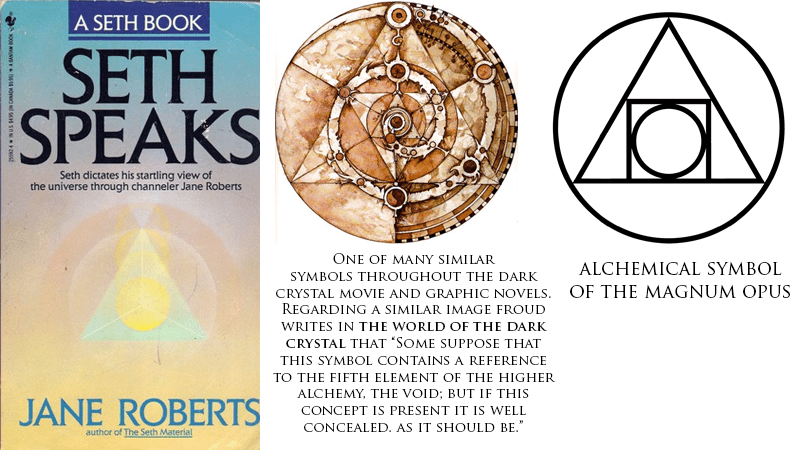
Duality as One: The Influence of Jane Roberts on The Dark Crystal
Jane Roberts was a writer, psychic, medium, and trance-channeler. She’s most famous for channeling an entity named Seth whom dictated teachings which were recorded and later written down. So what’s this have to do with the Dark Crystal? Well, Jim Henson had Brian Froud and screenwriter David Odell read Seth Speaks: The Eternal Validity of the Soul before they began creating The Dark Crystal. David Odell said in an interview that:
“He [Jim Henson] was also a spiritual searcher. He had developed his own ideas that seemed to combine a little bit of theosophy, Hinduism, Taoism, and various new age philosophies. Before we started work on The Dark Crystal, he insisted I read a book called Seth Speaks. He had a lot of copies of this book and gave them away to people. (He also gave a copy to Brian Froud.) I was flattered that Jim wanted me to understand his spiritual insights before we collaborated. The book was written by Jane Roberts, a science fiction writer, who one day began channeling “Seth.” Seth was a multi-dimensional male being, outside time and space, who dictated monologues on metaphysics through her when she was in a trance, while her husband wrote them down in shorthand. One of Jim’s favorite lines that I wrote in The Dark Crystal script was when Aughra asks Jen where his master is, and Jen says he’s dead. Aughra looks around suspiciously and mutters “He could be anywhere then.” I couldn’t have written that if I hadn’t read the Seth book.
The spiritual kernel of The Dark Crystal is heavily influenced by Seth. I’ve always felt that the idea of perfect beings split into a good mystic part and an evil materialistic part which are reunited after a long separation is Jim’s response to the teachings of that book. Jim admitted that he didn’t understand the book himself, and that everyone would understand it — or not understand it — in their own way. But he thought it opened up a whole different way of looking at reality, which I think was one of his goals in making The Dark Crystal.”
You can really see the Seth themes in the movie if you read the book itself. Here’s some example quotes that resonate with the theme of the Movie:
“Consciousness is not basically built upon those precepts of good and evil that so presently concern you. By inference, neither is a soul. This does not mean that in your system, and in some others, these problems do not exist and that good is not preferable to the evil. It simply means that the soul knows that good and evil are but different manifestations of a far greater reality.”
– Jane Roberts
Seth Speaks: The Eternal Validity of the Soul“Now it has been said often that there is a god, so there must be a devil — or if there is good, there must be evil. This is like saying that because an apple has a top, it must have a bottom — but without any understanding of the fact that both are a portion of the apple.”
– Jane Roberts
Seth Speaks: The Eternal Validity of the Soul
https://youtu.be/K6RuJ65DvJ0
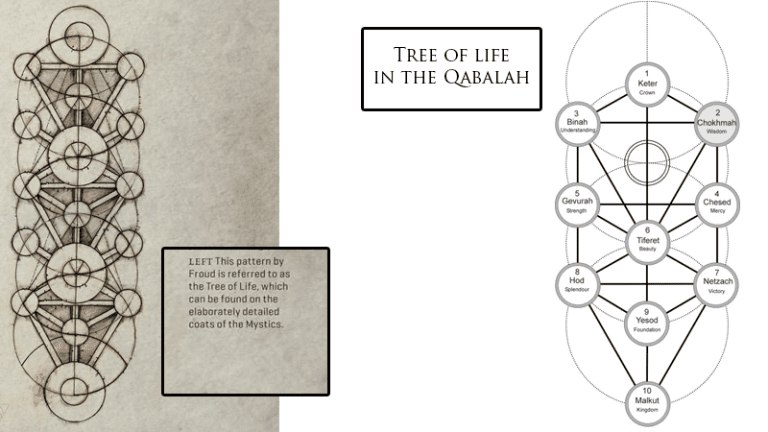
UrSkeks and the Qabalah
A theory that was pointed out to me was by Christopher Penczak as we were in a comic shop in Boston. I was talking about how great The Dark Crystal Creation Myths were and he told me that there was a theory that the Dark Crystal was influenced the Tree of Life in Qabalah, though he couldn’t remember where he had heard that. Essentially, each Uru represented a Sephira on the tree of life, while the each Skeksis counterpart represented a Husk on the Qliphoth. While in the prequels there’s originally 18 Urskeks that come to the planet of Thra, during the movie The Dark Crystal only ten survive, soon to be nine.
The Tree of Life represents the emanations of the divine states of being that compose reality. The Qliphoth is the shadow of the Tree of Life, essentially what occurs when divinity is absent from the “fruit” (the Sephiroth) of the tree and only an empty husk remains. Just as each Sephira has an archangel that presides over it, occultists such as Macgregor Mathers, Aleister Crowley, and Israel Regardie associate each husk with a demon that presides over it. So with this theory we have ten Uru Mystics of light and ten Skeksis counterparts of shadow – but they are essentially the same entities the Urskeks, and what occurs when you take the light and separate it from the shadow.
This idea is particularly insightful because Jim Henson is said to have based the Skeksis on the Seven Deadly Sins, yet there’s ten Skeksis in the movie. Wikipedia states that, “In medieval Kabbalah, the Shekhinah is separated in Creation from the Sefirot by man’s sin, while in Lurianic Kabbalah Divinity is exiled in the qlippot from prior initial Catastrophe in Creation. This causes “Sparks of Holiness” to be exiled in the qlippot, Jewish Observance with physical objects redeeming mundane Nogah, while the Three Impure Qlippot are elevated indirectly through Negative prohibitions. Repentance out of love retrospectively turns sin into virtue, darkness into light.” This is particularly interesting when you think about how the movie is about the Great Conjunction – the end of the world and the beginning. We essentially have this wholeness that is broken (through the “sins” of one Urskek as we know from The Dark Crystal Creation Myths) which separates the good from the bad which begins a new era of Skeksis rule before the next Great Conjunction brings them back together.
This theory is strengthened by an image that looks almost identical to the Tree of Life that appears throughout the Dark Crystal universe, and we see that in The Dark Crystal: The Ultimate Visual History (image above) Brian Froud refers to the image as “The Tree Of Life” showing that he at least had some knowledge of the Qabalah when creating the Dark Crystal with Jim Henson. In The Dark Crystal Creation Myths graphic novels, the Tree of Life is drawn for the first time as the tale of creation is occuring.
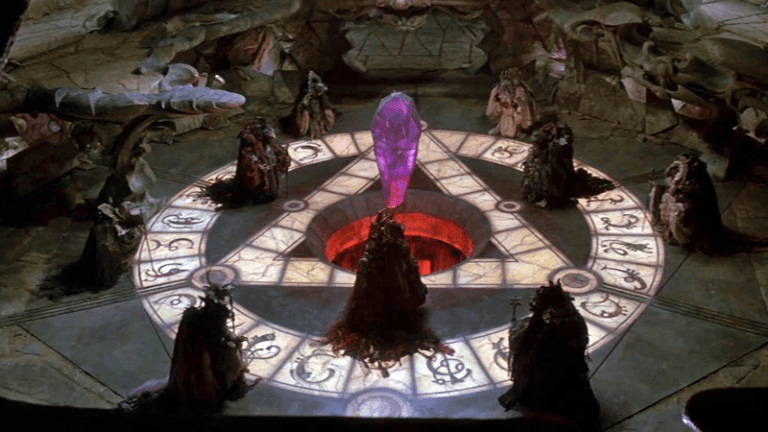
The Crystal as Da’ath
Running with the idea of Qabalah, I thought about how the actual Crystal in The Dark Crystal is suspended over an abyss shaft which seems to go straight to the molten core of Thra. Da’ath is thought to be the level of reality of the abyss on the Tree of Life and isn’t technically a Sephira. Instead, it’s thought to be a state where all ten Sephira as one united energy, just as all the Urskeks are united within the Crystal itself. Da’ath is thought to be knowledge, but not necessarily the wisdom of its proper use.
“The Abyss lies between the Ethical Triangle of Geburah, Chesed, and Tiphereth and the Supernal Triangle of Binah, Chokmah, and Kether. A vast chasm of understanding ing separates what mortals can comprehend and what is beyond true comprehension. In biblical mythology, the Abyss represents the divide created by the “Fall,” whether it be the fall of the archangel Lucifer into the depths after the war in heaven, the fall of Adam and Eve leaving the Garden of Eden, or the Gnostic fall of light into the world of matter. In its most enlightened telling, the Fall is not the fall of angels or men, but the fall of God, as the prime creator, into form to experience life, and in that process the separation that God experiences from himself/herself. We are that portion of God in manifestation. In the Abyss lies the mysterious sphere that is not a sphere-the world of Da’ath, which separates the manifested form of the universe, represented by the lower seven sephiroth, from the supernal ideal of creation, embodied by the upper three.”
– Christopher Penczak
The Temple of High Witchcraft: Ceremonies, Spheres and The Witches’ Qabalah
Da’ath is thought to also be the bridge that connects the Tree of Life with its shadow, the Qliphoth. Here again we see that symbolism of the Crystal being that bridge that unites the Skeksis and Uru as the Urskeks.
“Lastly, some equate the asteroids, the “missing” planet between Mars and Jupiter, as the zone of Da’ath. As Da’ath is the shattered and collapsed sephira, this zone is for the shattered planet, as many esotericists believe a planet once occupied the orbit of the asteroids and was destroyed early in the creation of the solar system. Others think of the asteroid belt as a planet that never formed. The four main asteroids of the belt all are assigned to goddesses-Ceres, Juno, Pallas, and Vesta. Lastly, the mysterious planetoid Chiron, between the inner and outer planets, between Saturn and Uranus, is sometimes times given rulership over Da’ath. Chiron is known as the “wounded healer,” and as Da’ath represents a “wound” in the universe, this rulership, too, would be appropriate. The wide variety of correspondences to Da’ath adds to the mystique.”
– Christopher Penczak
The Temple of High Witchcraft: Ceremonies, Spheres and The Witches’ Qabalah
The Crystal as The Philosopher’s Stone & The Great Work
We can also view The Dark Crystal as a movie about the Philosopher’s Stone. The goal in alchemy is a process known as the Magnum Opus or The Great Work, which is to create the Philosopher’s Stone – stone that will turn crude matter into gold. Magnum Opus is a term that is used today to refer to one’s masterpiece work. The outcome of the alchemical Magnum Opus varies depending on author, but the process itself usually revolves around spiritual transformation, dissolving impurities, the conjunction and merging of opposites and refinement. Most occultists believe that alchemy wasn’t truly fixated on creating gold, but was speaking in metaphorical and allegorical language about spiritual perfection and the pursuit of ascension or immortality. While the Urskeks ascend at the end of the film, right before that the Skeksis are chanting “We will live forever!” as the Great Conjunction is occurring.
This ties heavily into the themes of the movie regarding the Urskeks and their division as Skeksis and Uru and their union back into Urskeks, becoming wiser in the process before ascending the planet of Thra. The end result of the Magnum Opus was usually depicted as the Rebis, the union of polar opposites into one refined entity. This movie is considered Jim Henson’s Magnum Opus of his life and perhaps while thinking about making his greatest work he meditated upon the idea and history of the term Magnum Opus. Another interesting point is that in The Dark Crystal Creation Myths when the Urskeks arrive to the planet of Thra for the first time it says “And so the Great Work began…”
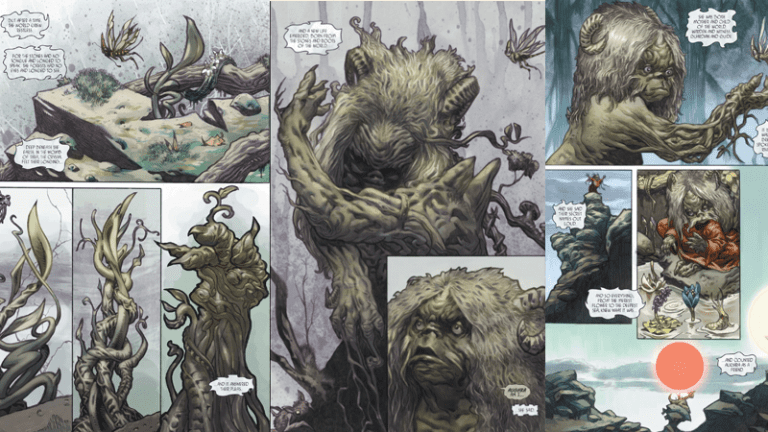
Aughra as the Anima Mundi
The Anima Mundi is a concept of the world soul which was embraced by Plato and many Neo-Platonists. It’s the idea of a singular interconnection of all beings that has a self-awareness and intelligence and contains within it every physical aspect of the planet.
“Therefore, we may consequently state that: this world is indeed a living being endowed with a soul and intelligence … a single visible living entity containing all other living entities, which by their nature are all related.”
– Plato
Timeus
“Of the race of Aughra, I, Aughra, am alone, the first and last. Born from the need for rocks and trees for an eye to see the world. The wind blew and the blind trees sang and roots twisted in the dark rocks and the roots sang and the rocks cracked and I was Aughra. This is my song. The rocks will me to be their eye; the roots willed me to be their eye. Blind rocks that felt the heartbeat of the World; blind trees swaying in the breathing of the wind made to view for them all the shapes of the World. Slowly, slowly the roots split the rock and I was free. The First Age of Aughra was of innocence and it was long. Then it was Aughra and the race of the Gelfling who shared the World. The Gelfling sang and danced for the joy of their lives, and I was part of their joy.”
– The World of The Dark Crystal
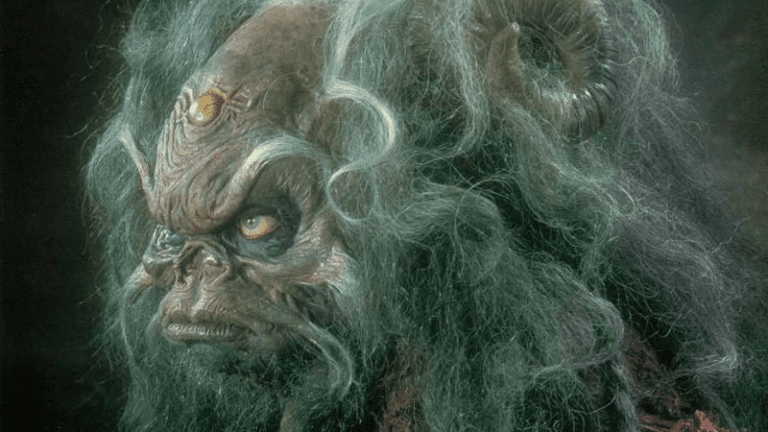
Aughra as Odin
Another parallel we see with Aughra aside from the Anima Mundi / Earth Goddess is that of Odin. Aughra is non-binary in her gender and perhaps even third sex. While Aughra obviously has breasts and the shape of a Willendorf Mother Goddess, Aughra’s also bearded and has male ram horns. Aughra’s also described as being all genders in the Dark Crystal works. Aughra’s more male aspects seem to be more in alignment with the Norse deity Odin, the supreme deity and “All Father.”
Like Odin, Aughra loses her eye while gaining knowledge. Odin sacrificed his eye to drink from Mmir’s Well at the roots of Yggdrasil, the norse World Tree. Mmir’s Well may or may not be the same as the Well of Urd. The waters of the Mmir’s Well bestowed cosmic knowledge that was unparalleled. Aughra on the other hand, who becomes obsessed with knowledge of the comsos, burns her eye out while staring at the first ever Great Conjunction that brought the Urskeks to the planet Thra. Odin like Aughra is a leader and a hermit, a trickster and a protector, and both are focused on gaining wisdom with most of Odin’s stories revolving around gaining more and more wisdom. At times in the grraphic novels, Aughra is so preoccupied with studying celestial knowledge that ze neglects everything else. When we meet Aughra there are only nine Skeskis and nine Uru left. Nine being the number of worlds that compose Yggdrasil, the Norse World Tree.
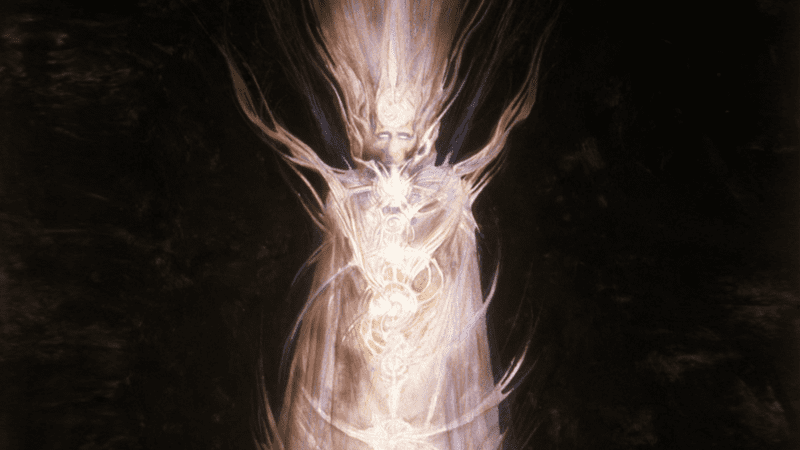
The Urskeks as the Grigori
There’s also parallels to the Urskeks and the Grigori Watchers of Biblical and Witchcraft Lore. The Urskeks arrive on the planet from the stars. In The Dark Crystal Creation Myths its found out that they were cast out from their home and exiled and that they were bound to the crystal not by choice but as a sort of prison as criminals. The Urskeks arrival herald a new age to Thra and they identify themselves in The Dark Crystal Creation Myths as Light Bringers. The Urskeks bestowed knowledge to the creatures of Thra. The Dark Crystal Creation Myths state that “To the gentle gelflings they brought the gifts of culture, knowledge and enlightenment. They gave them tools and craft-lore and showed them that nature could be humbled and the world could be civilized.” It continues on to say that, “But perhaps their greatest gift they saved for Aughra. To reward her generosity, they built her a mechanical wonder: the Great Observatory. A grand and cunning machine that mapped and mimicked the wild courses of the heavens. As the years passed, Aughra spent more and more time in her watchtower.”
In the Biblical story of Noah and the Book of Enoch, it talks about how the Grigori Watcher Angels fell in love with the women of Earth and taught mankind forbidden knowledge such as signs of the earth, resolving of enchantments, cosmetics, astrology, knowledge of clouds, making weapons, mysteries of the stars, writing, knowledge of the moon, herbal enchantments, and signs of the sun.” The Grigori Watchers were cast out of heaven for their transgressions and the book of Enoch states that they were bound in the Pleiades. However, due to their interference and presence on Earth, according to the Bible, wickedness took over which led to the Great Flood. Similarly, because of the Urskeks’ presence and eventual split, the land of Thra was taken over by the evil Skeksis until they were unified once more. And just like the story in Genesis where Noah and his wife are entrusted with the future of mankind and on a journey between the end of the world and the beginning of a new world, we see Jen and Kira in a very similar journey.
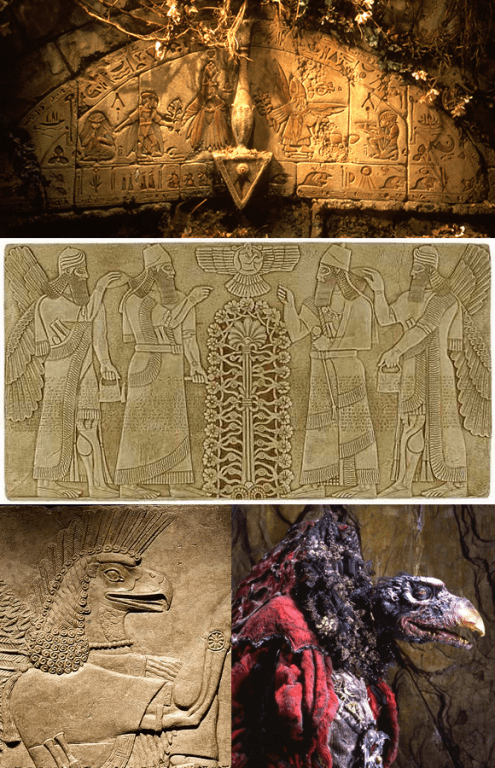
Much of the stories in the book of Genesis seem to come directly from the Mesopotamian & Sumerian myths and lore. The Garden of Eden and the exile from it, the story of the Great Flood, and many others parallel these older myths. Many people associate the Watchers/Grigori with the Annunaki, a group of gods of our earliest civilization who came down from the heavens and helped establish human civilization. In The Dark Crystal movie we see a scene where Jen and Kira come across the Wall of Destiny which has a relief similar to those on Earth which depict the Annunaki with the tree of life. We also see that the Skeksis sort of resemble the Apkallu, deities within the Annunaki who attend to the Tree of Life, just as the Skeksis attend to the Dark Crystal and are sometimes depicted as bird-headed.
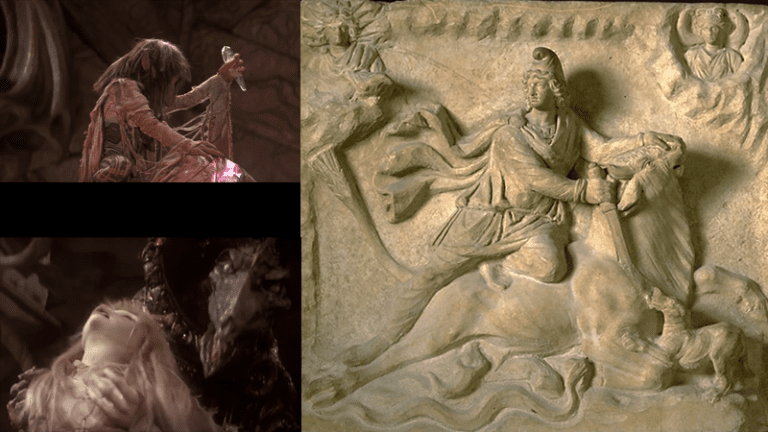
Thra & Mithra
The original working name for the planet of the Dark Crystal was Mithra or Mythra, which was later shorted to Thra. The early working treatment title of the Dark Crystal was “The Mithra Treatment.” This may give us some insight into the line of thinking that Jim Henson was having with the narrative and themes.
“Mithra, also spelled Mithras, Sanskrit Mitra, in ancient Indo-Iranian mythology, the god of light, whose cult spread from India in the east to as far west as Spain, Great Britain, and Germany.
[…]
According to myth, Mithra was born, bearing a torch and armed with a knife, beside a sacred stream and under a sacred tree, a child of the earth itself. He soon rode, and later killed, the life-giving cosmic bull, whose blood fertilizes all vegetation. Mithra’s slaying of the bull was a popular subject of Hellenic art and became the prototype for a bull-slaying ritual of fertility in the Mithraic cult. As god of light, Mithra was associated with the Greek sun god, Helios, and the Roman Sol Invictus.”
This is interesting when we think of the climatic scene of the Dark Crystal, where Kira is stabbed and killed by a Skeksis shortly before Jen “stabs” the crystal shard back into The Dark Crystal. At the very end of the movie, the Urskeks inform Jen that they are whole again because of his bravery and his sacrifice, that sacrifice obviously being Kira. As the above image shows, Mithra was often depicted as having the sun and the moon on each side of him or some variation that showed opposites (male, female, day, night, light, dark). Jen and Kira both have Celtic names. Jen being a name variant of Gwyn which means “fair one” or “white” and Kira being a name variant of the Irish Ciara which means “black” or “dark”. Interestingly, their names are opposite of their appearances with Kira being fairer and Jen being darker. The idea of Mithra being a solar deity and the emphasis on the three Suns in the movie is also interesting.
The Suns & Moons as Divinity
The Triple Suns (and Triple Moons of the prequels) can easily be seen as an expression of divinity with the Suns being the Triple God and the Moons being the Triple Goddess. The Suns are referred to as the “Three Brothers” and the Moons are referred to as “The Three Sisters” in the prequels. In the movie The Dark Crystal, the Suns have a power beyond any other creature, including the Urskeks and Aughra, and more than just a symbol of astrological timing could be seen as the higher powers of the universe at work. Since Aughra lost her eye by staring at the Great Conjunction which appears as an eye, we could also see this as a casualty of attempting to stare in the face of supreme divinity. There are several references to the Eye of Providence (the Eye of Light in the triangle), which is an early Christian symbol of the Eye of God watching over humanity.
Update – New Teaser:
Related Articles:
Mat Auryn – The Hidden Occult History of Moldavite
Mat Auryn – Graphic Novels For Occultists
Mat Auryn – The Real Witchcraft in The Chilling Adventures of Sabrina
Mat Auryn – A Witch Interprets ‘God Is A Woman’ by Ariana Grande
Mat Auryn – Westeros Deities, Astrology & Tarot

